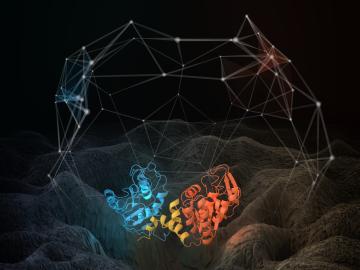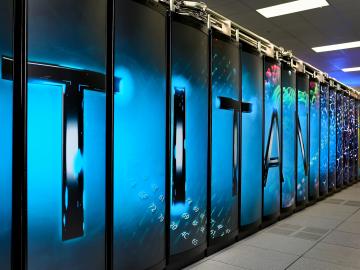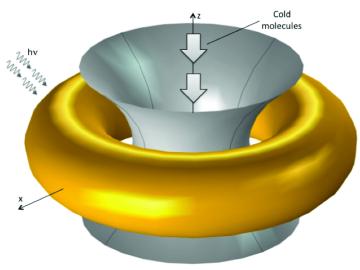Filter News
Area of Research
- (-) Supercomputing (7)
- Advanced Manufacturing (3)
- Biological Systems (3)
- Building Technologies (2)
- Chemistry and Physics at Interfaces (3)
- Clean Energy (24)
- Energy Frontier Research Centers (4)
- Functional Materials for Energy (3)
- Geographic Information Science and Technology (1)
- Isotope Development and Production (1)
- Materials (24)
- Materials Synthesis from Atoms to Systems (2)
- Materials Under Extremes (3)
- Neutron Science (2)
- Nuclear Science and Technology (3)
- Quantum Condensed Matter (1)
- Reactor Technology (1)
- Transportation Systems (2)
Media Contacts

Supercomputing simulations at the Department of Energy’s Oak Ridge National Laboratory could change how researchers understand the internal motions of proteins that play functional, structural and regulatory roles in all living organisms. The team’s results are featur...

The U.S. Department of Energy’s Office of Science announced 56 projects aimed at accelerating discovery and innovation to address some of the world’s most challenging scientific questions. The projects will share 5.8 billion core hours on America’s two most powerful s...

An international team led by Gaute Hagen of the Department of Energy’s Oak Ridge National Laboratory used America’s most powerful supercomputer, Titan, to compute the neutron distribution and related observables of calcium-48

Single atoms or molecules imprisoned by laser light in a doughnut-shaped metal cage could unlock the key to advanced storage devices, computers and high-resolution instruments.
In a paper published in Physical Review A, a team composed of Ali Passian of the Depa...

A microscope being developed at the Department of Energy’s Oak Ridge National Laboratory will allow scientists studying biological and synthetic materials to simultaneously observe chemical and physical properties on and beneath the surface.

Groundbreaking work at two Department of Energy national laboratories has confirmed plutonium’s magnetism, which scientists have long theorized but have never been able to experimentally observe. The advances that enabled the discovery hold great pro...

Researchers at the Department of Energy’s Oak Ridge National Laboratory have developed a population distribution model that provides unprecedented county-level predictions of where people will live in the U.S. in the coming decades.




